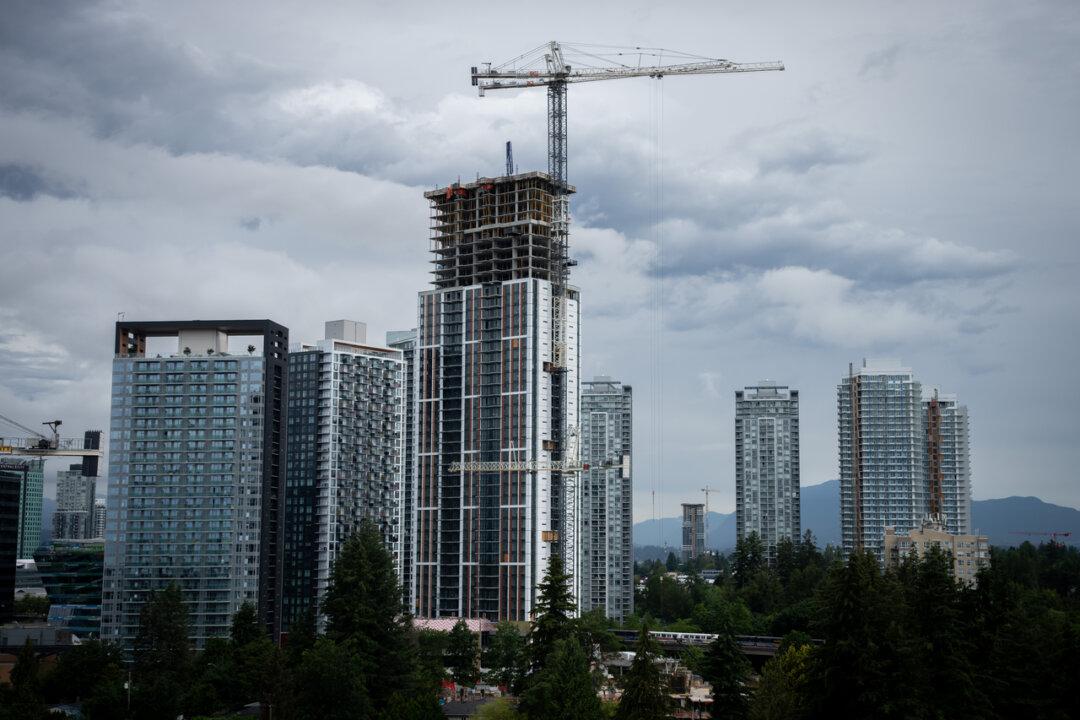Building only low-cost rentals isn’t the best way to restore housing affordability, the federal mortgage insurer says. Instead, a balanced mix of construction, including expensive rentals, proves more effective in lowering costs overall.
“Building only low-cost housing isn’t optimal,” the Canada Mortgage and Housing Corporation (CMHC) stated in its June Research Insights. “Building only high-cost housing is also not the most optimal solution.”





